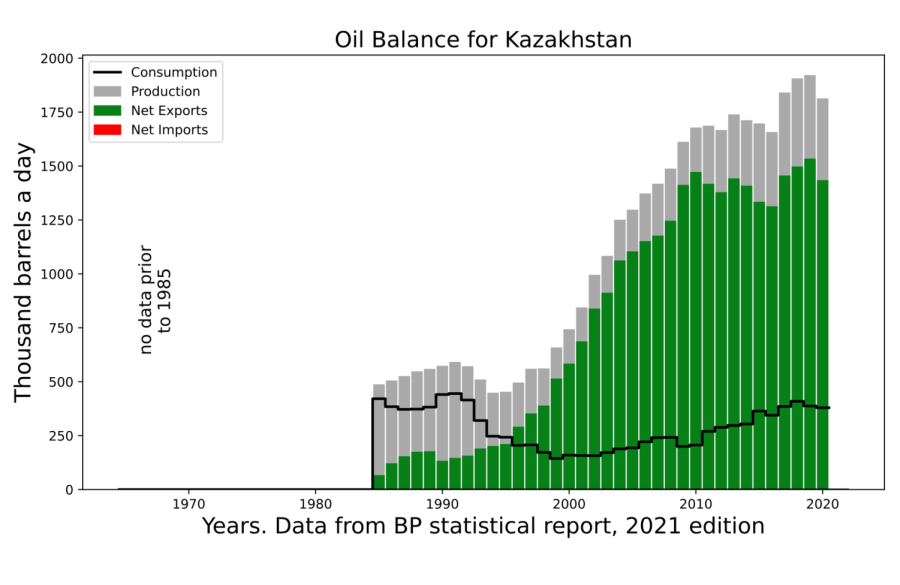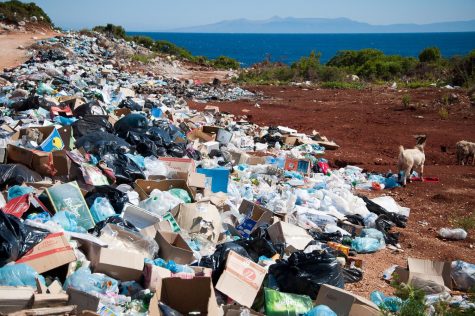A short update on the state of Kazakhstan’s economy and the future
Have you ever wondered how Kazakhstan’s economy is doing? Kazakhstan is a country in Central Asia with an upper middle economy. They have an abundance of arable land and natural resources that it depends on to grow and sustain its export-oriented economy. The country’s major exports include agricultural products, raw materials, chemical products, and manufactured goods. Kazakhstan’s primary export commodities are oil and natural gas, various metals, and chemicals. Since 2000, their gross domestic production has gone up 8% annually, which is a very good thing. Currently, their economy is a bit slower due to the war between Ukraine and Russia. Many people are worried that a continuation of the war could result in a shutdown of the Caspian Pipeline Consortium, which carries approximately 80% of Kazakhstan’s oil exports (the country’s leading export). As a result, their inflation is at its highest in 14 years. The primary reason Kazakhstan’s economy has improved in the past 20 years is their efforts to reduce poverty and improve living standards. Kazakhstan has seen improvements in its poverty levels and citizens’ consumption of basic resources, but the country still has a high socioeconomic inequality, evidenced by a large concentration of wealth among elites. According to the World Bank’s Equitable Human Capital Development Framework Report published in 2021, a child born in the wealthiest 20% of households is anticipated to accomplish 64% of their productivity, whereas a child born to the poorest 20% of households is expected to achieve that of 53%. Despite Kazakhstan’s efforts to improve this, it could be a long term issue that affects their growth. Moreover, due to its rapid economic growth, Kazakhstan’s greenhouse gas emissions per capita and carbon dioxide emissions per capita are high, especially compared to other countries in its region. These high emissions are also largely a result of Kazakhstan relying heavily on coal(which emits more carbon dioxide than other energy sources such as natural gas) to produce energy. As we are going more green in this world due to climate issues, this could pose a major problem. The country has lots of wind and sunlight, so they have made pledges to transition to this clean energy. They claim these pledges will cut their energy usage in half by 2050. While that seems like a long time, these clean energy projects can be very expensive and take a long time to fully implement. Hopefully, other countries that use fossil fuels can learn from Kazakhstan in the future and begin their transition to energy that could potentially save our world.










